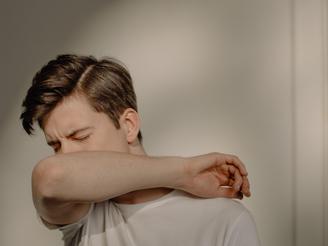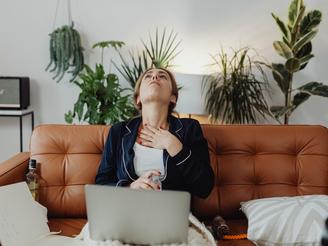10 spinal stenosis symptoms
 Article Sources
Article SourcesSpinal stenosis is a condition caused by a narrowing of the spine. This narrowing can happen in any of the three spinal regions, including the cervical, thoracic, and lumbar spine. Although it can happen anywhere, spinal stenosis is most common in the cervical and lumbar spine.[[1]] Symptoms of spinal stenosis happen due to nerve damage or pressure on the spine and nearby body structures. The symptoms a person experiences depend on the location of the narrowing and how far it’s progressed. Besides the back and neck, the legs, feet, buttocks, arms, and hands are often affected.[[1]]
Leg Cramping
When the narrowing of the spine happens in the lower back, it can cause leg cramping. Cramping may sometimes extend to the feet and can range from mild to severe.[[1]] Sometimes, aching is accompanied by a burning sensation that radiates from the lower back into the buttocks and down the legs. This burning sensation is generally worse when standing or walking and may ease when leaning forward.[[1]]

Advertisement
Back Pain
In spinal stenosis, it’s common for the back to ache in the area where narrowing has occurred. Since narrowing of the spine in the lower back is most common, this is where most people feel the pain. However, pain can also present in the middle or upper back.[[1]] Many other conditions besides spinal stenosis can cause back pain. Examples include degenerative disc disease, herniated discs, scoliosis, fibromyalgia, and osteoporosis. Sprains and fractures along the spine can also be painful.[[2]]
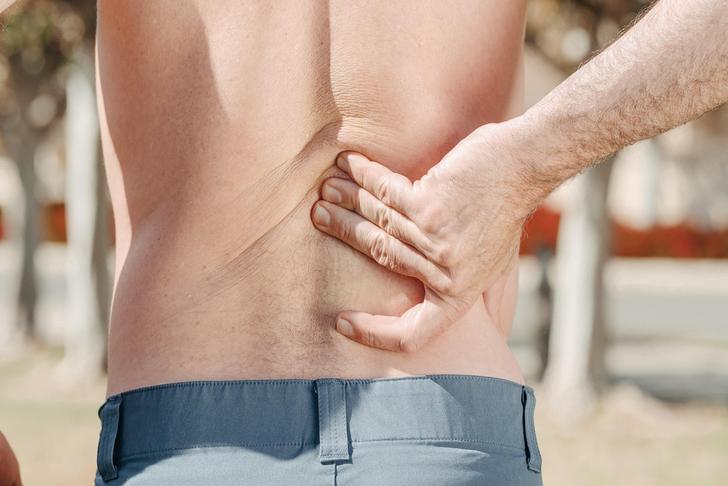
Advertisement
Neck Pain
When spinal stenosis occurs in the cervical spine (neck), it can cause pain in this area. Often, neck pain occurs alongside numbness and tingling in the arms. People with spinal stenosis may also experience weakness in the arms, hands, and fingers.[[1]] Acute neck pain can happen for numerous reasons, including sleeping in an awkward position. When neck pain persists or doesn’t respond to home remedies, such as rest and over-the-counter pain medications, it should be looked at by a medical professional.[[3]]
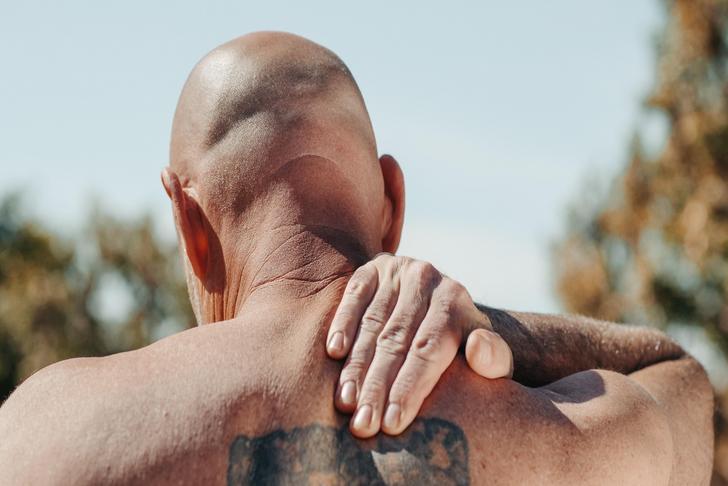
Advertisement
Numbness or Tingling
A common spinal stenosis symptom is numbness or tingling in various body parts — generally in the extremities. If the spine has narrowed in the lower back, numbness and tingling may be felt in the legs and feet. Sometimes, the buttocks can also be affected.[[1]] If the spine has narrowed in the neck (or sometimes the upper back), the arms, hands, and fingers can be affected by numbness and tingling.[[1]]

Advertisement
Weakness
If spinal stenosis is allowed to worsen, it can cause weakness in the extremities. Lumbar stenosis (in the lower back) can affect the leg or foot. Cervical stenosis (in the neck) can cause weakness in the arm, hand, leg, or foot.[[4]] Weakness in the extremities may start as clumsiness. This may look like an inability to properly grasp objects or poor balance. If spinal stenosis is allowed to continue, it can result in a complete loss of function in the affected body part.[[4]]
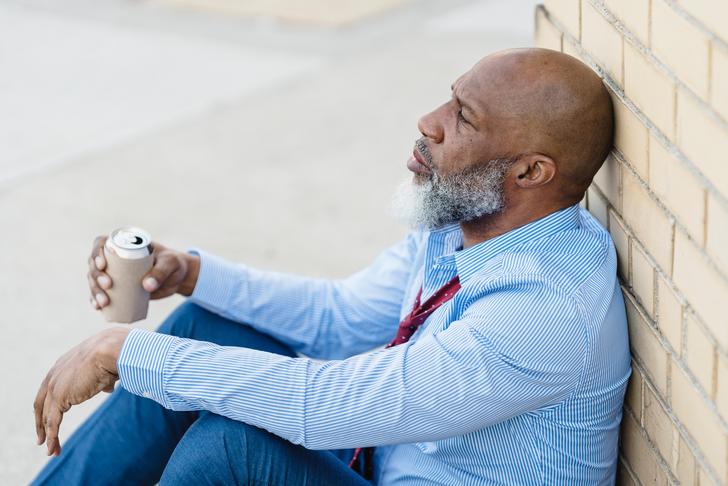
Advertisement
Bowel or Bladder Dysfunction
A more severe spinal stenosis symptom is a loss of bowel and bladder control. Generally, this dysfunction only happens in severe cases or when spinal stenosis has been left untreated for long periods.[[4]] Bowel and bladder dysfunction generally occur with lumbar and cervical stenosis. Severe spinal stenosis can also lead to sexual dysfunction in men or women and may affect each person differently. [[1]]
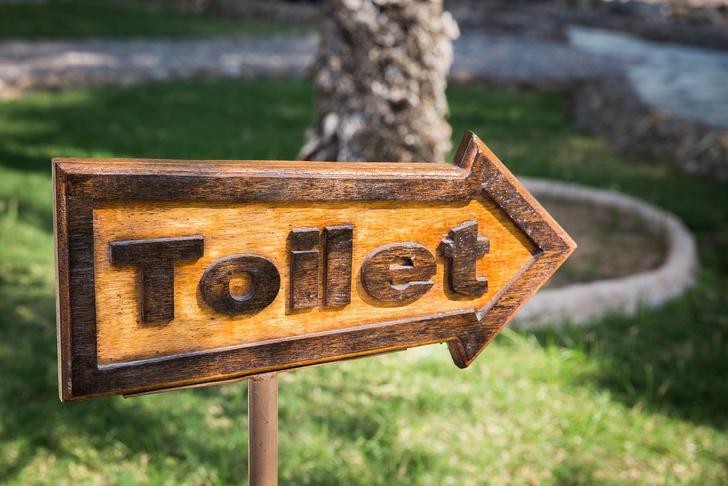
Advertisement
Permanent Paralysis
Narrowing of the spine can be painful, but it doesn’t usually lead to paralysis. However, temporary or permanent paralysis is possible if symptoms are ignored and the spinal nerves or cord remain compressed for a long time.[[4]] To prevent permanent paralysis from spinal stenosis, it’s important to seek medical attention for numbness, tingling, or weakness in the extremities. It’s rare for permanent paralysis to happen when symptoms are caught and treated early.[[4]]
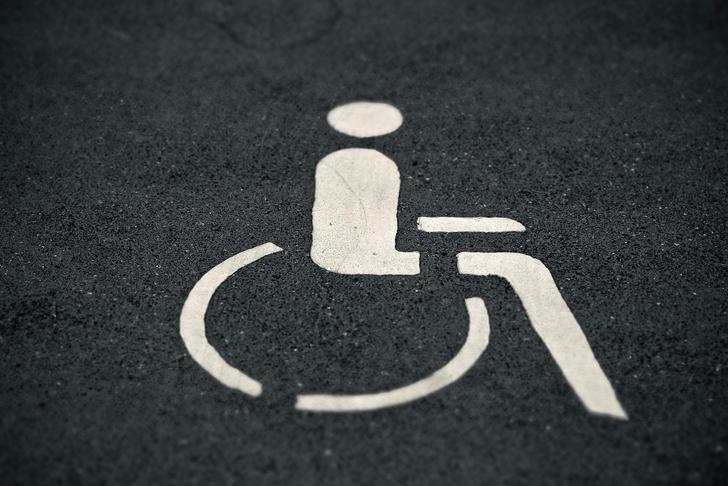
Advertisement
Causes of Spinal Stenosis
There are many causes of spinal stenosis, including normal spine aging causing structural weakness. The spine’s vertebrae can also thicken with age, and bone spurs can become more common.[[1]] Other potential causes of spinal stenosis include herniated discs, spinal tumors, fractures, and Paget’s disease of bone. Osteoarthritis and rheumatoid arthritis (RA) can also contribute to spine narrowing. Less often, spinal stenosis can be caused by an inherited condition, such as scoliosis or achondroplasia.[[1]]
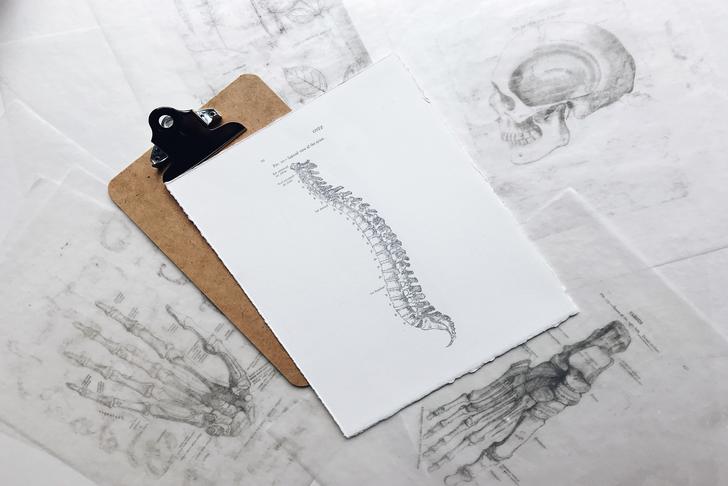
Advertisement
Home Treatment Options
Mild spinal stenosis symptoms can often be managed at home and occasionally correct themselves without further medical interventions. However, home remedies should be approved by a doctor. Regular check-ups and seeking help for worsening symptoms are crucial.[[4]] Home treatment options include rest and applying heat or cold to the affected area. Exercise (when approved by a doctor) can sometimes be beneficial. Over-the-counter pain medications often help, but a healthcare provider may write a script for stronger pain medications if they believe it’s necessary.[[4]]
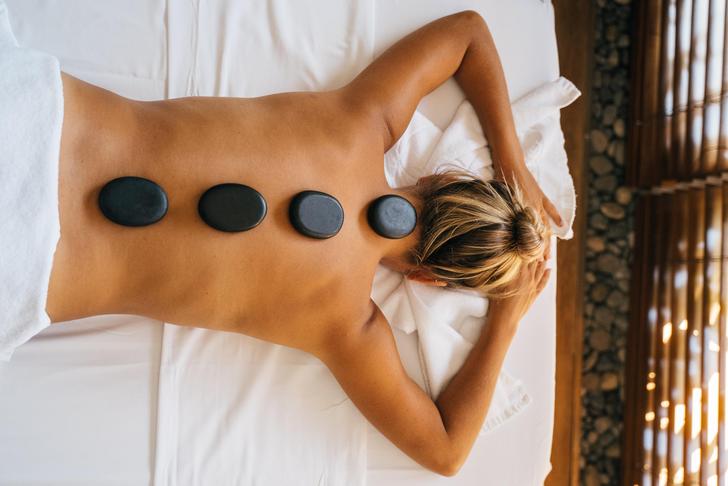
Advertisement
Medical Treatments and Interventions
For mild or moderate spinal stenosis, more serious medical treatments and interventions may be necessary. Physical therapy is often prescribed to help redevelop strength, balance, and coordination. Muscle relaxants may be used when spinal stenosis symptoms include back spasms and cramps.[[4]] Steroid injections can be done around the area of spinal compression to relieve pain and reduce inflammation. In severe cases, a minimally invasive procedure called spinal decompression or invasive spinal stenosis surgery may be required.[[4]]
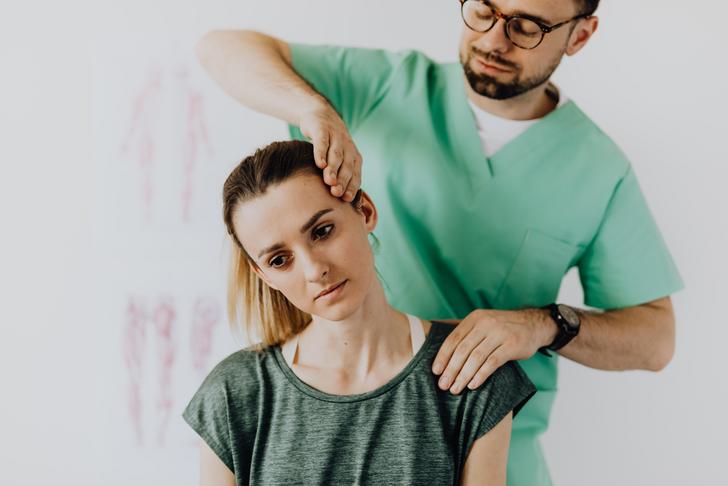
Advertisement




